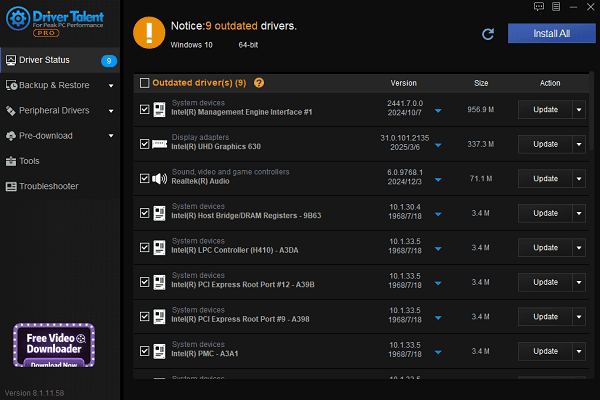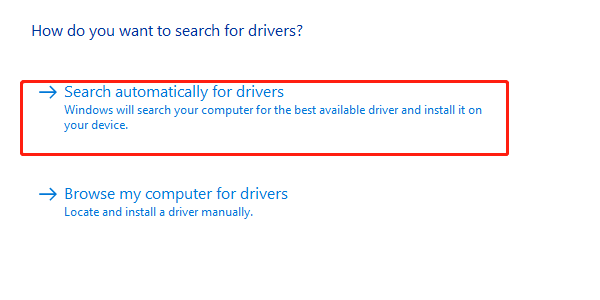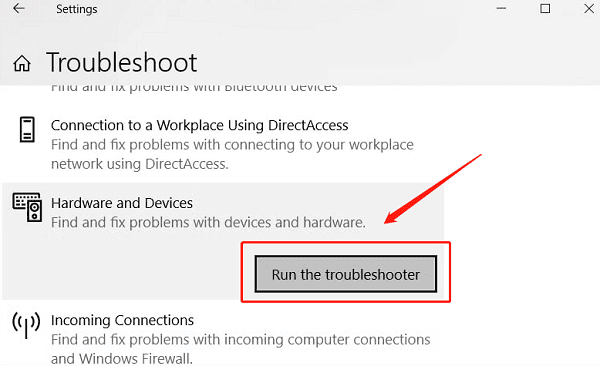
On Windows 10/11, some users may encounter an issue where the I2C HID Device driver is missing, causing the touchpad, touchscreen, or stylus to stop working. This is usually due to a missing or corrupted driver.
This article explains the causes and provides step-by-step guidance on downloading and repairing the driver to restore full system functionality.
What is I2C HID Device?
The I2C HID Device (Human Interface Device) is a driver component in Windows that enables communication between the system and input devices such as touchpads, styluses, and touchscreens. I2C (Inter-Integrated Circuit) is a communication protocol for connecting low-speed devices like sensors to the system.
When the driver is missing, corrupted, or improperly installed, the following issues may occur:
Touchpad not working
Touchscreen unresponsive
Stylus not detected
Yellow exclamation mark in Device Manager
Common Causes of I2C HID Device Driver Missing
Driver removed or corrupted after a Windows update
Accidental uninstall or deletion during virus scans
Failed or incompatible driver installation
Missing or outdated motherboard chipset drivers
How to Fix I2C HID Device Driver Missing
Method 1: Use Driver Talent to Fix the Issue
Driver-related issues are the primary cause of this problem. If you're unfamiliar with manual driver installation, it's recommend to use Driver Talent, a driver management tool that automatically detects missing or faulty drivers and offers one-click repair.
Download and install the latest version of Driver Talent.
Open the program and click "Scan" to detect missing or outdated drivers.
Locate I2C HID Device in the list and click "Update".

After updating, restart your computer to ensure the new driver takes effect.
Method 2: Update Driver via Device Manager
Press Win + X, then select "Device Manager".
Expand "Human Interface Devices (HID)".
Locate I2C HID Device, right-click and select "Update driver".
Choose "Search automatically for drivers".

If that fails, choose "Browse my computer for drivers" and manually select the driver location.
Method 3: Reset BIOS Settings
Some I2C controller issues may be related to BIOS settings. Try resetting BIOS:
Enter BIOS (usually by pressing F2, Del, or Esc during startup).
Look for an option called "Load Setup Defaults" and confirm the reset.
Save and exit, then boot into Windows and check the device status.
Method 4: Run Windows Troubleshooter
Go to "Settings" > "Update & Security".
Click "Troubleshoot" > "Additional troubleshooters".
Select "Hardware and Devices", then click "Run the troubleshooter".

Follow on-screen instructions to fix configuration issues.
FAQs
Q1: I don't see I2C HID Device in Device Manager. What should I do?
A: This means the driver isn't installed or is disabled. Try updating your chipset drivers using Driver Talent.
Q2: I updated the driver, but it still doesn't work. Any suggestions?
A: Try uninstalling the driver and restarting your PC, or use the Windows Troubleshooter to reset the device.
Q3: After upgrading to Windows 11, my touchpad stopped working. Is this an I2C HID issue?
A: Likely. Windows 11 has limited support for older drivers. Install the latest I2C HID and chipset drivers.
The I2C HID Device driver plays a critical role in the proper functioning of input devices on modern laptops. If the driver goes missing, multiple device functions may be affected. With driver repair tools, Device Manager updates, or BIOS resets, most users can resolve the issue themselves.
To prevent compatibility issues, check for driver updates regularly, especially after a system upgrade. If the issue persists, consider contacting your device manufacturer's technical support for further assistance.
See also:
Getting Error Code 0x80070035 on Windows? How to Fix It
Tips to Improve PC Performance for Gaming (Windows 10/11)
How to Fix Logitech K780 Keyboard Not Pairing on Windows
Top Fixes for Marvel Rivals DX12 Error on PC
Troubleshooting Discord Error 3002 – Full Fix Guide (2025)









